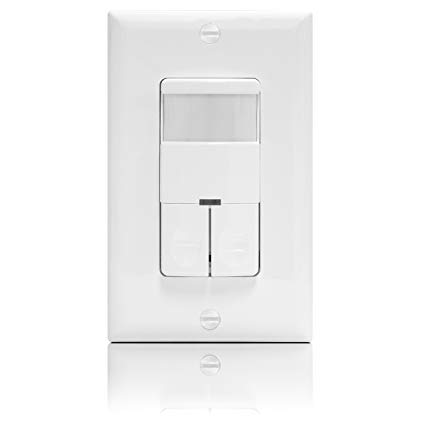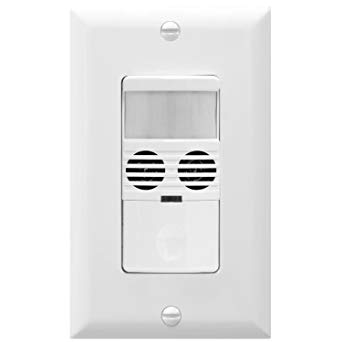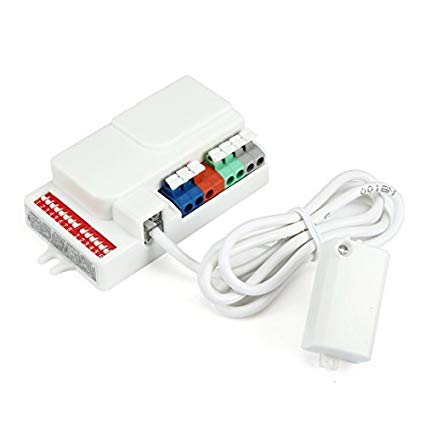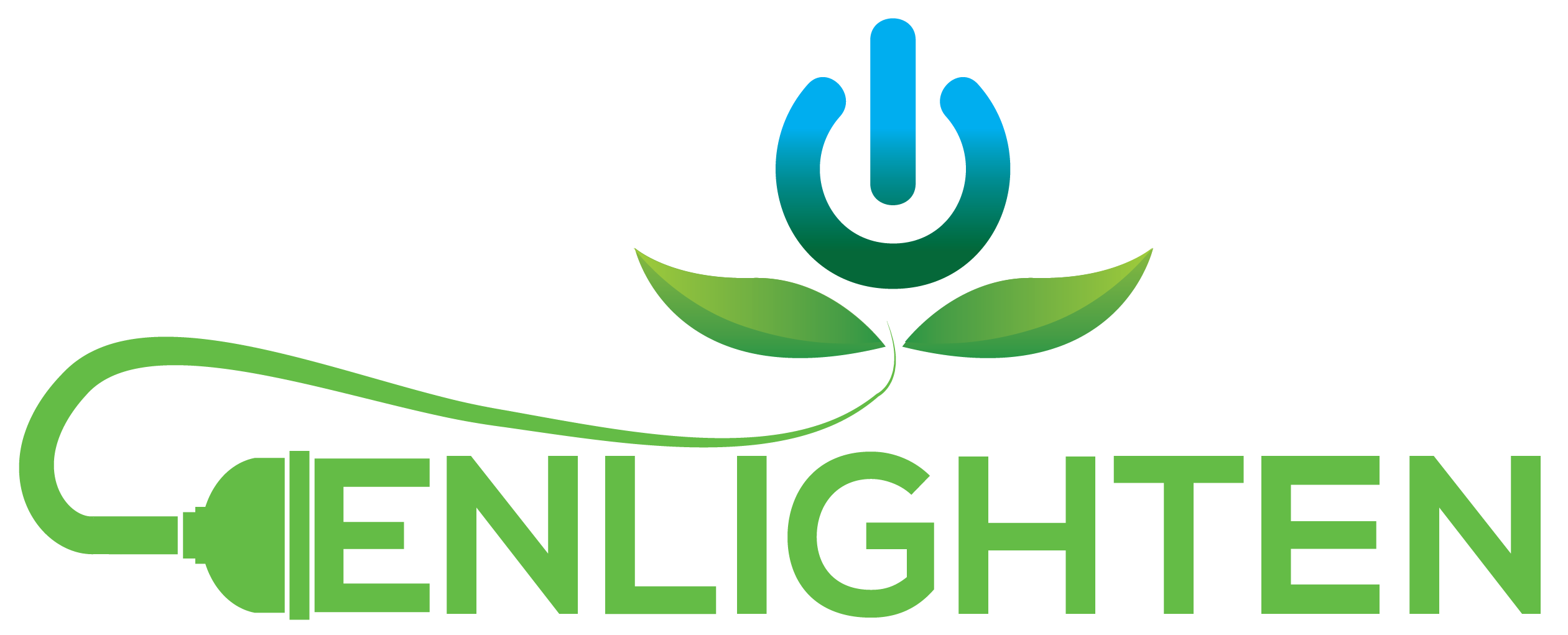An Introduction to Motion Sensor Controls
“Smart” has recently become every marketing departments favorite word. From smart homes, smart watches, smart fridges, to smart cars; it’s almost impossible to find a consumer product that doesn’t have a “smart” offering. Many feature types fall into the broad category of “smart” but perhaps the most fundamental is the automation of an activity that could otherwise be done manually. From this view, motion sensor lights may have been the original “smart” device. Turning on and off lights in an automated fashion has been in place for quite some time now. The following is an introductory guide to different types of motion sensing technologies used to automate the control of lighting.
LED Lights Are The Best Technology For Motion Sensors
LED lights turn on to full brightness almost instantly. For this reason they are far superior to older light technologies that can take several seconds (fluorescents) to several minutes (high-intensity discharge) to achieve full status. Furthermore unlike these older technologies, cycling (turning on /off) does not reduce the life of an LED. On the contrary, cycling actually increases LED life by reducing the heat experienced by the diodes. Moreover, LEDs are better at dimming than fluorescents and high-intensity discharge lights providing them further capabilities under motion sensor controls.
Occupancy vs Vacancy Sensors
Occupancy and Vacancy detector are two terms the lighting industry uses to differentiate between slightly different motion sensor functionality. An occupancy sensor automatically turns lights on when a motion is detected. It also automatically turns lights off when no motion is present. Occupancy sensors are appropriate for spaces where having to turn on a light switch can be inconvenient such as bathrooms, storage closets, or spaces where the light switch is not close to the door. A vacancy sensor on the other hand only turns lights off when no motion is detected but does not provide the automated on functionality like an occupancy sensor does. With vacancy detectors the occupant must manually turn the light switch on. Vacancy sensors are better for spaces with natural light from windows and may not always need artificial light.
Detection Technologies

Infra-red (IR)
IR motion sensors use body and machine heat to detect motion and trigger on/off/dim lighting events. These sensors are best for spaces with larger motion types such as closets, high bay areas, and parking lot lights. The IR motion detector needs a larger motion type to trigger it such as walking, car movement, or machine movement. For this reason, IR sensors alone are not appropriate for spaces where the occupant motion is finer such as private offices, boardrooms, or classrooms. The detection area is small to medium and is dependent on the mounting height of the sensor. Lower mounting heights such as walls and 10’ ceilings typically see detection areas with a 15’ – 20’ diameter. Higher mounting heights such as warehouses and pole-top lights can typically achieve wider detection areas in the range of 30’ – 50’ in diameter.

Ultrasonic (US)
US motion sensors use a sound wave undetectable to the human area to distinguish motion. These motion and occupancy detectors pick up finer motion such as typing and seated computer work. Since IR sensors cannot detect finer movement types, US sensors are used in spaces such as private offices where the typical motion of the occupant is smaller. US sensors also have a larger detection area and can see around objects such as furniture or cubicles whereas IR sensors need a direct line of site. Therefore, US sensors are frequently used in larger spaces where an IR sensor’s range is not sufficient. Often times IR and US sensors are combined into a single sensor known as a Dual Technology (DT) sensor. Since US sensors can be falsely triggered by HVAC equipment, DT sensors use their IR feature to help prevent false positives.

Microwave (MW)
Similar to police radar guns, MW motion detectors use an electromagnetic wave to identify motion. MW sensors have a very fast detection time and a larger detection area at lower mounting heights. MW sensors are great for stairwells, hallways, closets, and lower-height parking garages. They are too sensitive however for other outdoor applications such as pole-top or wall-mount lights as strong winds and off-site motion can sometimes trigger them. MW sensors can also see through plastic lenses such as those used in indoor light fixtures. This feature makes them unique in that they can be embedded discreetly into the fixture itself.
Hopefully that provides a good overview of the original “smart” technology. See Enlighten’s other blog posts for more on advance lighting controls.
Enlighten is lighting consultant, designer, and wholesaler for commercial and industrial spaces.

